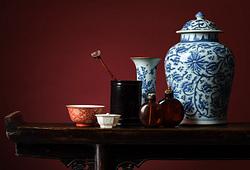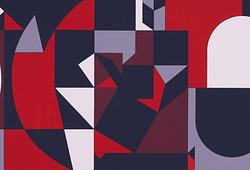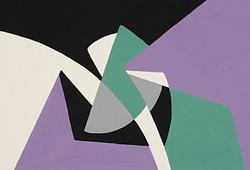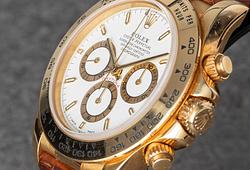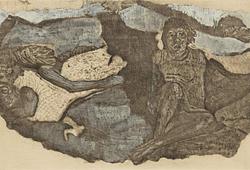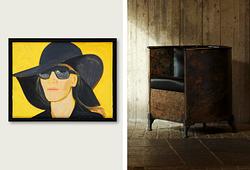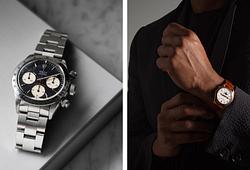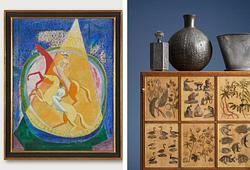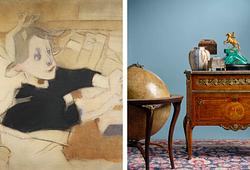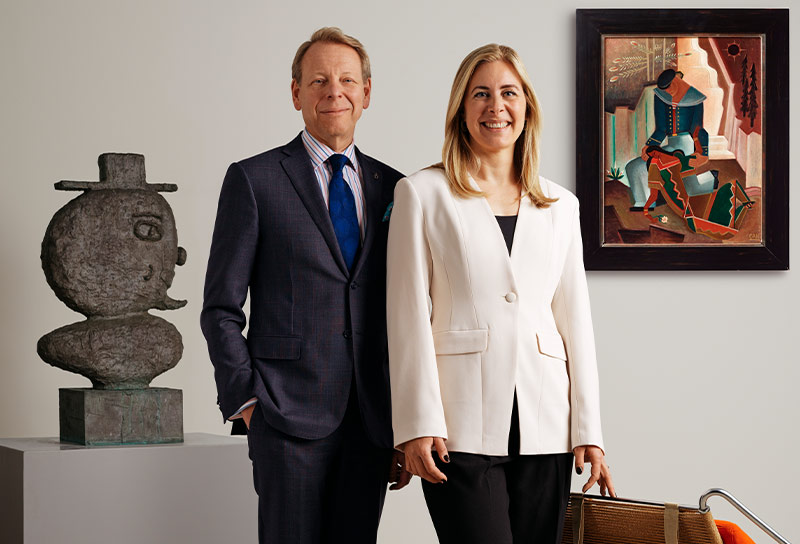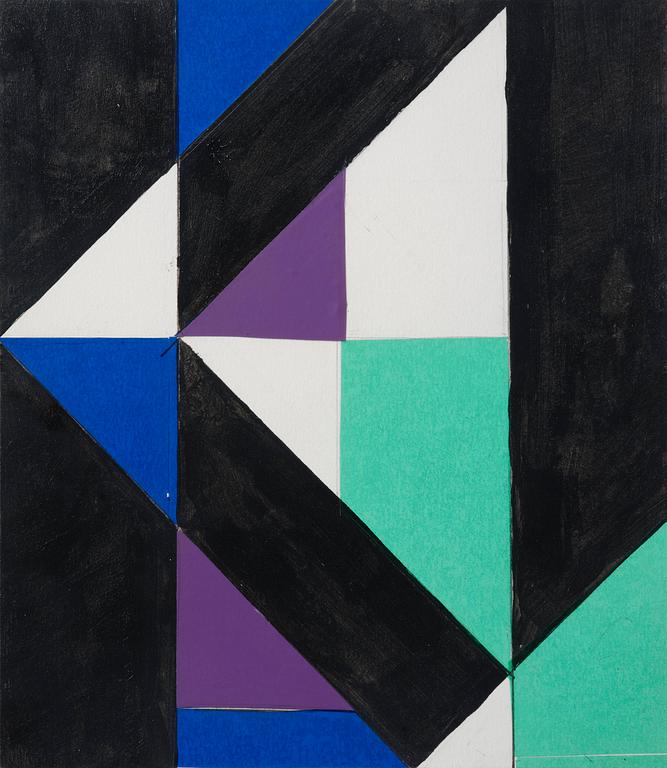Lars-Gunnar Nordström
"Situation"
Signed L-G Nordström verso. Executed circa 1970. Oil, collage 23 x 20 cm.
Provenance
Galerie Bel' Art, Stockholm.
Stockholm Auction House, Modern Quality, 25 April, 2007, cat. no. 1030.
Exhibitions
Galerie Bel' Art, Stockholm, "L-G Nordström - Paintings and collages 1948 - 1994", 20 September - 21 October, 2003, cat. no. 21.
More information
Lars Gunnar Nordström arrived in Paris in 1949, where he encountered the paintings of Magnelli, Jean Dewasne, and Vasarely. Through this discovery, he also came into contact with contemporary Nordic artists from Scandinavia: Robert Jacobsen, Richard Mortensen, and Olle Baertling. Inspired by their non-representational painting, he began to paint geometrically, using contours with lines that were straight, like sharp edges, with angles, arc shapes, curves, circular forms, squares, rectangles, and triangles.
His first solo exhibition was held in Helsinki in 1949, where his concrete, constructive painting with smoothly painted surfaces attracted attention. The use of Ripolin paint gave his surfaces a glossy finish with reflections.
During a trip to the United States, he came into contact with Josef Albers’ treatment of color and his theoretical work Interaction of Color, which later contributed to Op Art becoming a defining movement within concrete art. In the U.S., he also discovered the paintings of Alexander Calder and Stuart Davis, whose focus on the effect of color on the environment interested him. Within Nordic concrete art, Nordström became an important pioneer and a significant influence on those around him.
Like Baertling, he highlighted three-dimensional forms and saw the dynamic quality of color as something that affects the viewer. Along with Auguste Herbin, Robert Jacobsen, Richard Mortensen, Olle Baertling, Gorin Magnelli, Josef Albers, and Jean Dewasne, he is considered one of the true pioneers of concrete art and a revitalizer of art in the 1950s and 1960s.





